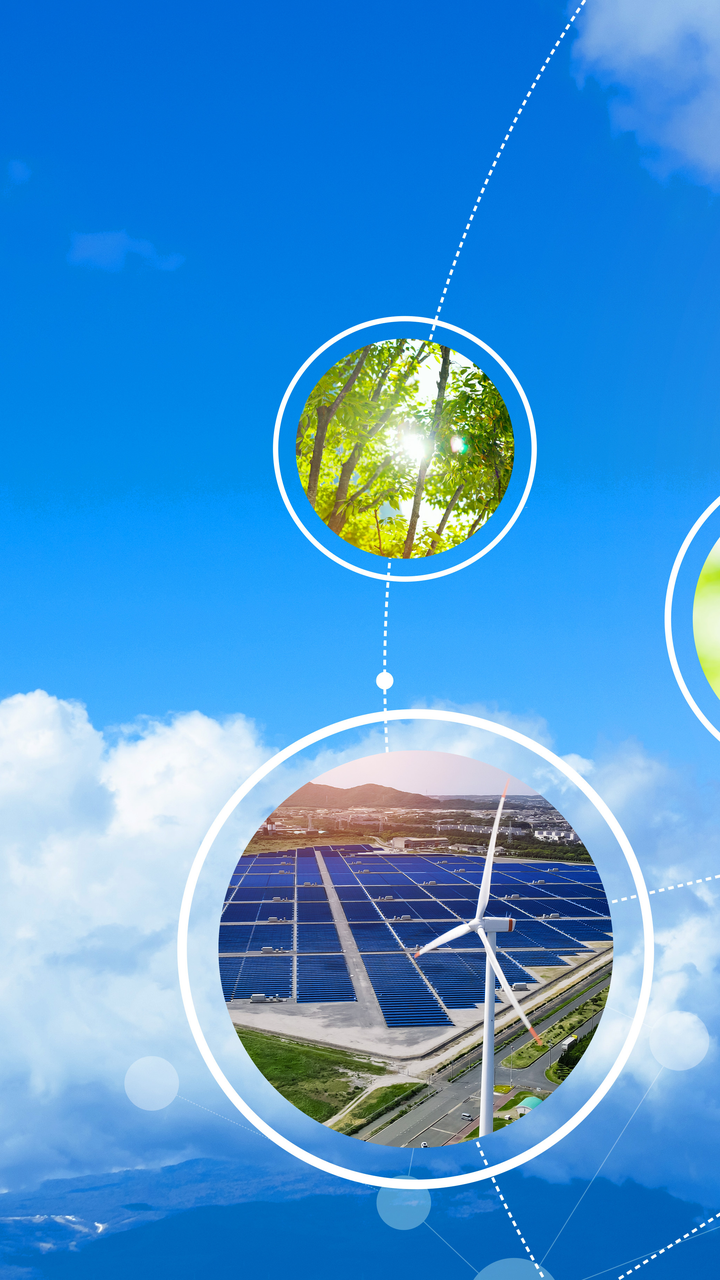Climate Change Threatens Data Centers

The climate crisis and the resulting fluctuations in weather events are changing the game for data centers as they face challenges adapting to increasing temperatures.
ㅤ
By Drew Thompson
The summer of 2022 saw record high temperatures as the reality of climate change impacts data centers around world. Europe was hit hard with temperatures in London reaching 40°C/ 104°F, more than 15°C/30°F higher than average. This dramatic swing, far above the ASHRAE 20-year design temperature, caused downtime for many data centers including hyper-scalers Google and Oracle.
Moving into a “new normal” climate will require changes to design centers for new data centers and innovative solutions to help legacy centers adapt. Three areas requiring the most attention are site selection, cooling and back-up power.
Correctly choosing sites for future data centers will require investment in site due diligence to examine environmental factors and access to sufficient reliable power and water. Existing data centers can benefit from updated assessments of resources and asset management. Thorough evaluations should include:
Site location
Room to expand footprint of the data center geographically or vertically (new and existing) to increase cold aisles
Space for on-site substations
Environmental, governmental and weather obstacles
Power
Grid capabilities for expansion and historical outage assessment
Percentage of distributed energy from wind and solar
Potential for access to modular power in the future (including fourth generation nuclear)
Water
Availability of water supply for existing requirements and future expansions
Water supply source and potential for redundancy and resiliency
Water quality and environmental implications
Cooling is the most critical aspect of data center function and the most impacted by climate fluctuations. Both Google and Oracle stated cooling system failure as the cause for the July 2022 outage. Planning for cooling options in design and assessing the ability to retrofit existing data centers can combat the real threat of downtime and system failure:
Design should include options for space expansion to handle bigger chillers, evaporative cooling, and additional valve installation
Explore new technologies for liquid cooling and immersion cooling
Set realistic WUE (water usage effectiveness) and PUE (power usage effectiveness) goals based on site selection, current load and plans for future expansion
Rolling brownouts and weather-related blackouts are putting more pressure on reliable and sustainable power back-up solutions. Traditional diesel generators are currently the standard and most reliable option. But as environmental regulations change and pressure increases on the power grid, alternative back up options will become critical to 24/7 uptime:
Invest in adaptations to current equipment to decrease emissions and increase reliability.
Explore non-traditional power options including natural gas generators, biofuels and hydrogen fuel cells.
Plan for modular power alternatives and on-site substations
Data Centers will continue to be large consumers of power and water with inevitable expansion in size and scope. Planning for scalability, sustainability and increased efficiencies will provide reliable 24/7 uptime for the world’s critical data requirements.
Contact Us
Looking for a partner in innovation?
Let's Talk
